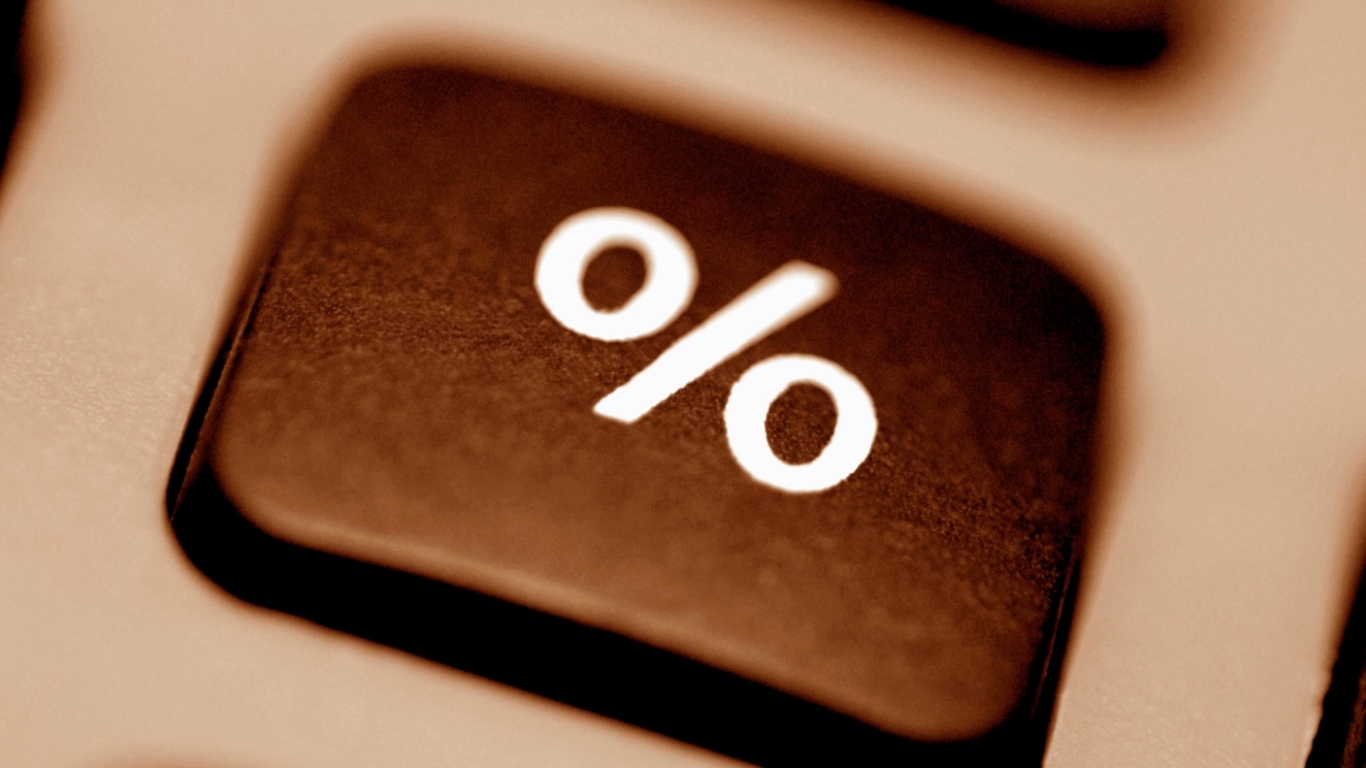Economy
Backward and Forward, San Francisco Fed Paper Assesses Negative US Interest Rates

Published:
Last Updated:

The lowest interest rates can ever go is zero-point-zero percent. That’s how things work in a vacuum. In the real world, negative interest rates are alive and well, and we aren’t even in a global recession. Europe and Japan have trillions upon trillions of dollars worth of government debt that actually makes investors lose money every year. The thought of negative interest rates in the United States is almost impossible to imagine. Now a paper published by the Federal Reserve Bank of San Francisco is pointing out how and where negative interest rates might still have a place.
For the record, if there is a theoretical −1.00% rate, that means that every $1,000 you loan the government for a theoretical year you only get $990.00 back at the end. Thanks for playing, sucker!
According to a working paper from Jens H.E. Christensen in the San Francisco Federal Reserve, negative interest rates could become an important policy tool for fighting future economic downturns.
This report comes at a time when global interest rates are dismally low and when certain central banks have already embarked on negative interest rate policies. There remains a debate as to how likely negative interest in the United States would work.
Christensen’s report analyzed financial market reactions once negative interest rates were introduced, and the entire yield curve for government bonds in those economies with negative rates tends to shift lower. In short, the suggestion is that negative interest rates may be an effective monetary policy tool to help ease financial conditions.
Short-term and medium-term rates are near historical lows in many developed countries, so this brings the question of how to provide adequate monetary stimulus during a future economic downturn. Christensen’s paper notes that negative interest rates may be a useful option, so it is important to understand their potential effects. How the financial market reaction looks is one measure of whether it is successful.
The report does actually endorse the notion of negative interest rates in the United States. It also addresses positive market responses after central banks in Denmark, Sweden and Switzerland, and from responses after the European Central Bank and Bank of Japan entered into negative rates. Christensen said in his letter:
I find that the entire cross section of government bond yields tends to exhibit an immediate and persistent negative response to the introduction of this policy tool. Furthermore, short- and medium-term bond yields have been significantly negative in all five cases with no visible effective lower bound. Negative interest rates therefore appear to be a powerful monetary policy tool that could help ease financial conditions when interest rates would otherwise be stuck at zero as the perceived lower bound, as was the case in the United States from late 2008 through 2015. Evidence that the U.S. post-crisis economic recovery was constrained by this policy choice (Cúrdia 2019) suggests that mildly negative U.S. policy rates from 2009 to 2011 could have supported higher economic growth and eventually pushed up inflation closer to the Federal Reserve’s target.
The full report shows some added reactions and outcomes, but the letter concludes:
The results indicate that government bond yields of all maturities tend to exhibit both an immediate and a persistent negative response to the adoption of such a policy. Furthermore, most medium- and longer-term interest rates have trended even lower subsequently, which suggests that the ultimate effective lower bound for short-term nominal interest rates is significantly below zero, at least for the five economies considered here. Central banks that have yet to introduce negative rates may take some comfort from this evidence as there appears to be room below zero for additional economic stimulus.
This does not, of course, mean that negative interest rates are coming to the United States. That said, it’s at least one endorsement of making the theory possible at a time when the governments of the world simply cannot live within their own means on a direct monetary policy review.
The average American spends $17,274 on debit cards a year, and it’s a HUGE mistake. First, debit cards don’t have the same fraud protections as credit cards. Once your money is gone, it’s gone. But more importantly you can actually get something back from this spending every time you swipe.
Issuers are handing out wild bonuses right now. With some you can earn up to 5% back on every purchase. That’s like getting a 5% discount on everything you buy!
Our top pick is kind of hard to imagine. Not only does it pay up to 5% back, it also includes a $200 cash back reward in the first six months, a 0% intro APR, and…. $0 annual fee. It’s quite literally free money for any one that uses a card regularly. Click here to learn more!
Flywheel Publishing has partnered with CardRatings to provide coverage of credit card products. Flywheel Publishing and CardRatings may receive a commission from card issuers.
Thank you for reading! Have some feedback for us?
Contact the 24/7 Wall St. editorial team.